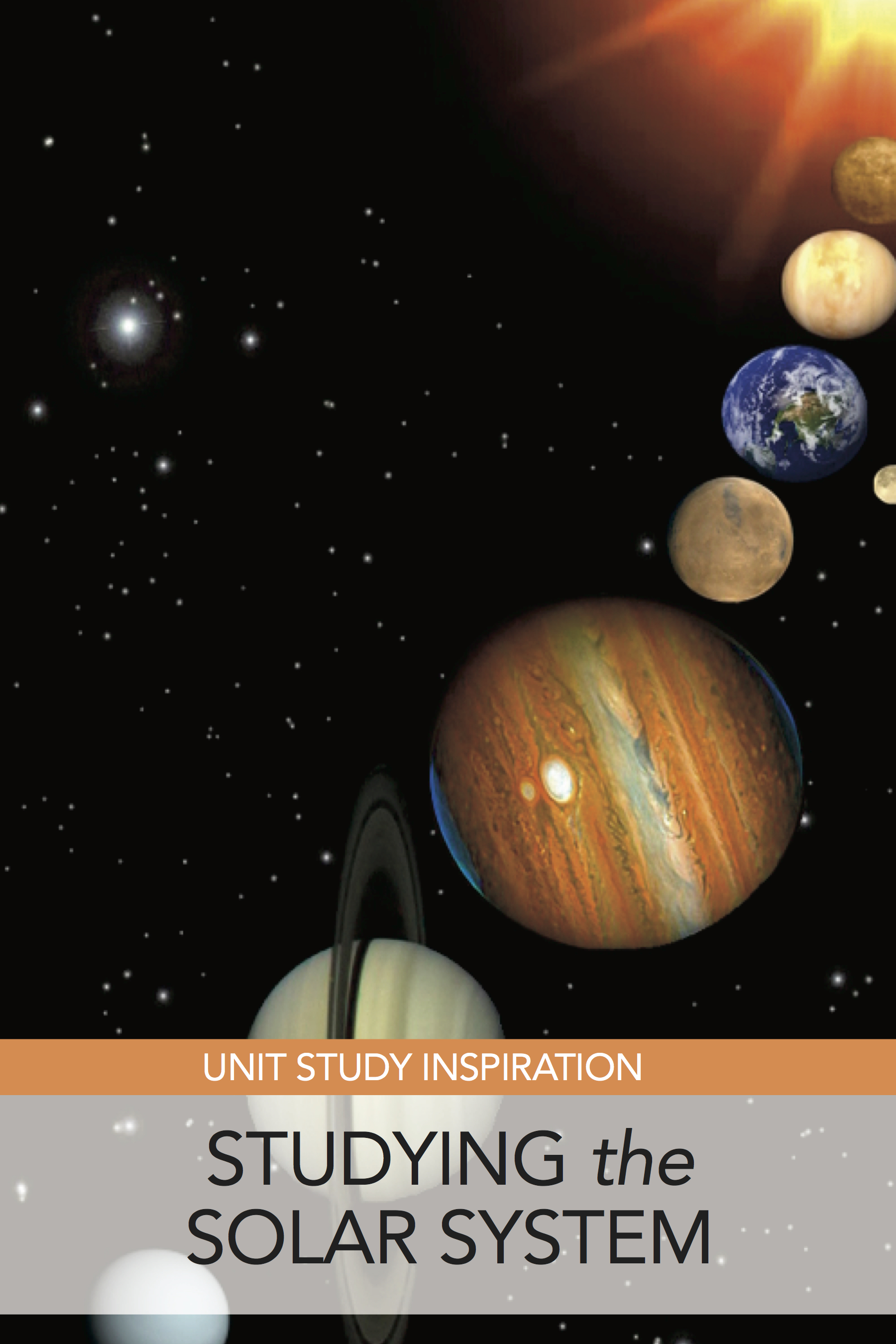Homeschool Unit Study: Teaching the Solar System
Sometimes with young scientists, a simple introduction can open up a galaxy of learning.
When I began homeschooling, I didn’t want to buy a curriculum or do anything too time-consuming for my preschool-age child. I wanted learning to be fun, and I planned to mostly follow my son’s interests as well as take frequent trips to the library. But I also felt it would be prudent to be aware of what children typically learn at each age, and if there was a lesson I could easily incorporate into our routine, I would do it.
It’s because of this that I decided to introduce the solar system to my four-year-old. At that time, my son had no idea that we lived on a planet that orbited the sun along with several other barren and lifeless planets. How do you begin to tell a young person about such an incredible concept? I started to wonder if I could do it, but then I reminded myself that all children learn about the solar system at a young age, and surely there must be a way.
My initial lesson was rudimentary but fun. I had some flash cards with all the planets and other celestial bodies on them. (I found these when my son was just a tot in the dollar bin at Target, and impulsively bought them and several other decks of cards, thinking I could surely use them someday. For a dollar each, why not? As a matter of fact, all the cards have been used at some point.)
I put a small lamp in the middle of our living room floor, and then I laid all the planet cards around the lamp as they appear in our solar system. All the while I spoke to my son and told him to pretend the lamp was the sun. I explained we lived on planet Earth, but Mercury was the closest planet to the sun, and then Venus, and so forth. We walked around the lamp pretending we were an orbiting planet, and I showed him simple charts I had printed off from the Internet. We had a lot of fun.
That’s the last time I ever went to any effort to teach my son about the solar system, and at nine years old, I doubt he remembers that afternoon, but he does remember the names of all the planets in order. This isn’t because I taught him, however. All I did that afternoon was set in motion a reaction on his part… a desire to learn more about an interesting topic.
This might have happened even if I had not prepared my little lesson. After all, he encountered introductions to the solar system in Mickey Mouse Clubhouse, Little Einsteins and his Knee-high Naturalists class at the local nature center. Later still, he got more information at museums we visited, planetarium shows, Space Racers, Cosmos, and our Homeschool Science class too.
This convinced me, however, that children need someone to introduce the varied, wonderful things of this world to them. This person should use whatever is available for the child—whether it be museums, classes, the right kinds of toys, or simply the library and lots of conversation. They need someone to help them find reliable sources and encourage their inquiries. They need someone to say, “Oh, look at that!”
Right after I did the activity with the lamp and cards, my son began choosing library books about the planets, and we learned about all of them. The following year, at six, my son decided to make all the planets out of paper, and he wanted to hang them up over an entrance to our dining room, which he did. Later still, he added a few moons to the collection. Then at eight-years-old, he told me he wanted to make models of the planets with Styrofoam balls to replace the paper planets. These went unfinished for a while, but just the other day, at nine-years-old, my son finished them.
Over the years, he has built on his knowledge of the universe and space exploration, too. He was interested in rockets for a while, especially after receiving a small set of U.S. rockets as a Christmas present one year. Together, we built a model of the Saturn V with cardboard, and we watched When We Left Earth: The NASA Missions by the Discovery Channel together, which was great fun.
One year my husband bought him a telescope, which (ahem) rarely gets used, but we had some fun nights looking at the moon and Jupiter’s moons. Both my sons have also loved looking at the apps Solar Walk and The Night Sky. The Night Sky will show you exactly what you’re looking at as you gaze at the stars from wherever you might be standing. Trying to catch a glimpse of meteor showers, a passing comet, or going out to find Venus late at night isn’t out of the question in our house. We are all continuing to learn about the solar system and beyond. It’s always an interesting topic.



SHELLI BOND PABIS is home | school | life magazine’s senior editor. She writes about her family’s homeschooling journey at www.mamaofletters.com.